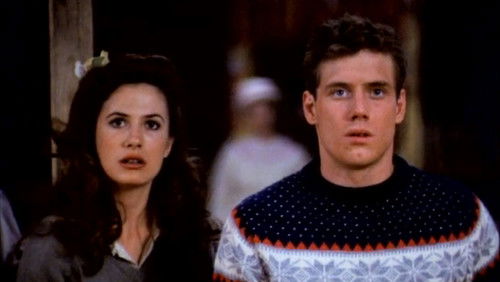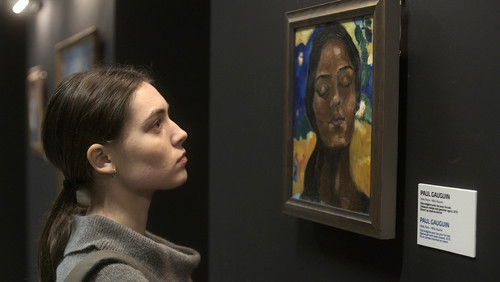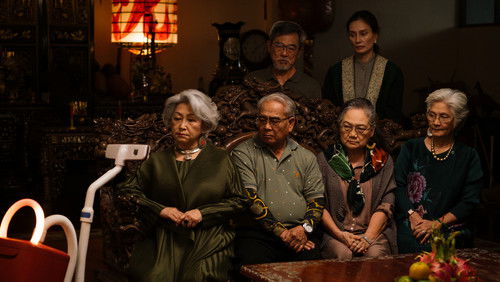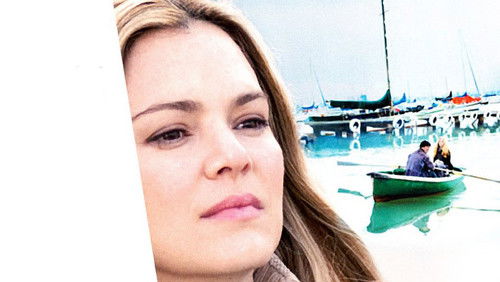Der Gefangene der Haifischinsel (1936)
47KDer Gefangene der Haifischinsel: Directed by John Ford. With Warner Baxter, Gloria Stuart, Claude Gillingwater, Arthur Byron. The story of Dr. Samuel Mudd, who was imprisoned after innocently treating President Lincoln’s assassin in 1865.
“I recently thought I would treat myself to a John Ford retrospective by viewing all the films of his in my collection (some 32) in chronological order. I was surprised at how little my rating of them had changed over the years, with the sole exception of u0026quot;The Horse Soldiersu0026quot; which seems to get better and better. I think my all-time favourites will always be u0026quot;How Green was my Valleyu0026quot; and u0026quot;The Quiet Manu0026quot;, while time can do nothing to redeem the sheer awfulness of u0026quot;What Price Glory?u0026quot; However, what really did surprise me about one of the most uneven of the great directors, was the tremendous visual flair of his films of the u0026#39;30s. True there were some potboilers such as u0026quot;Wee Willie Winkieu0026quot; and u0026quot;Submarine Patrolu0026quot;, but the period contains a Western, u0026quot;Drums Along the Mohawku0026quot;, that is right up there with the finest, u0026quot;The Searchersu0026quot; and u0026quot;The Horse Soldiersu0026quot;, u0026quot;The Hurricaneu0026quot;, arguably the finest disaster movie of all time and u0026quot;The Prisoner of Shark Islandu0026quot;, a fascinating story of wrongful imprisonment. The latter is based on the true story of a country doctor who had the misfortune to treat the assassin of Abraham Lincoln during his flight, an action that prompted his arrest and incarceration in a prison island off the Florida coast. Anyone wishing to study action film montage at its most skilful need look no further than the first half-hour of u0026quot;Prisoneru0026quot;. The reconstruction of the theatre assassination, Boothu0026#39;s flight, his encounter with Dr Mudd, Muddu0026#39;s arrest and trial are shot with a breathtaking urgency of pace. If the last two-thirds seem a little conventional beside the whirlwind opening, this is partly due to the fact that the genre of prison drama with attempted escapes has become something of a cinema commonplace. It should not cloud the issue that this comparatively early example is still one of the best. Nevertheless the film is not without faults that largely arise from genre expectations of the period. John Carradine hams it all the way as a prison office oozing malevolence, Muddu0026#39;s daughter is a Shirley Temple lookalike, simperingly coy and cosy and all the darkies, although thoroughly nice and obvious goodies in a troubled world, are portrayed as if they hardly possess a brain between them. Still, this is the sort of tosh it is wise to overlook in order to fully appreciate films as wonderfully crafted as this.”









